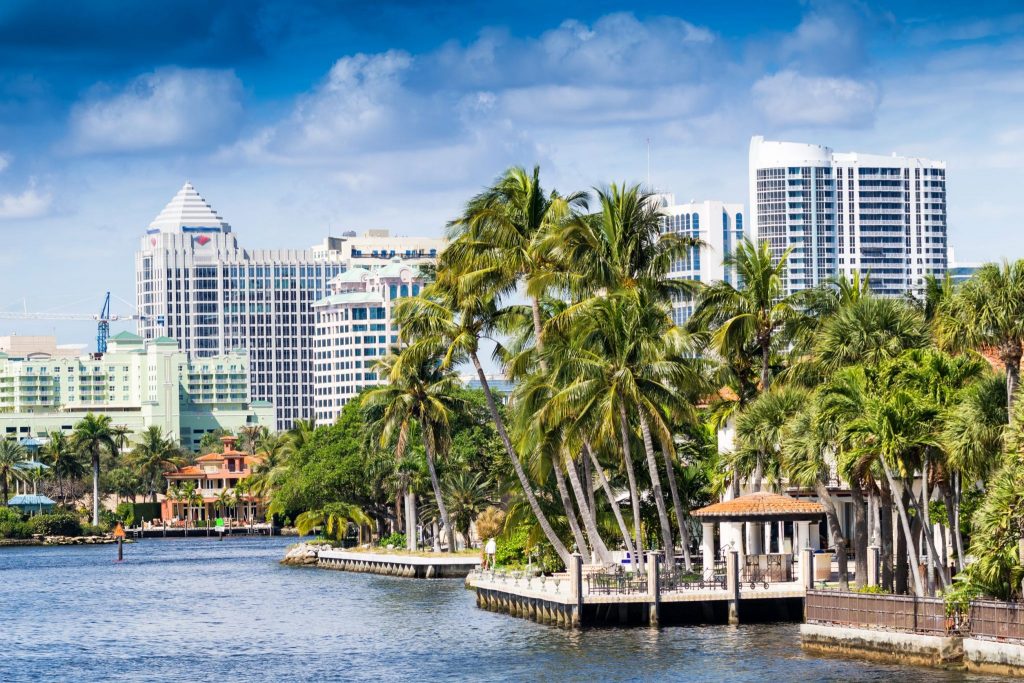If you’re moving to the fantastic Florida city of Miami, you might want to know about the cost of living here. If yes, stick around! We’ve got all the information about Miami’s cost of living below. From housing to groceries, utilities, and more, knowing their cost in Miami, FL is your goal, read on!
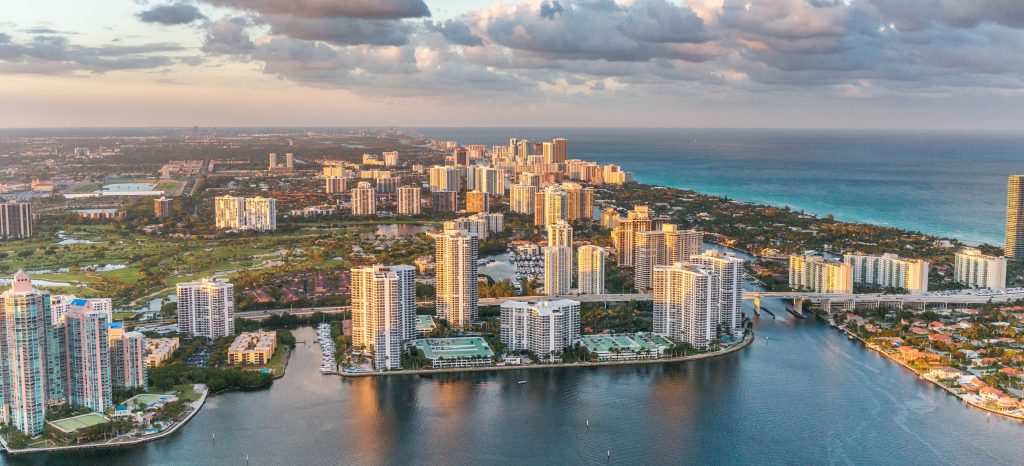
Estimated reading time: 8 minutes
We can see why you’d want to move to Miami, Florida. The outdoor activities beckon, the weather is balmy, and the nightlife is banging! Miami is an excellent town for everyone from families to retirees. In fact, it’s considered one of the best cities in the US for retirement. Retirees aside, you’ll find many young professionals in Miami, too with a liberal, laid-back lifestyle that’s very appealing. But, how much is it going to cost you? Below we lay out a complete breakdown of the cost of living in Miami.
Interested in our sources? We took data from the 2021 US Census, Best Places, and Nerd Wallet to estimate the most accurate costs of living in Grand Prairie, TX. We know these numbers may not always match your personal experience, but we do our best to give you a ballpark of what you can expect to pay in each category. If you have a different opinion, feel free to share it in the comments below! Now, on to the good stuff!
READING NOTE: When comparing cost indices, we use 100 as the national average. (Thank you, BestPlaces.) It works like this; a score of 80/100 would mean that particular cost is 20% lower than the national average. A score of 120/100 would thus mean that the cost is 20% higher than the national average.
Overall, Living in Miami is Expensive
The cost of living in Miami, FL is 25% higher than the national average.
Yes, Miami is considered one of the best cities to retire in the United States. (We’re #29!) While there are many things bringing retirees here, the cost of living isn’t one of them. That’s because, at a 123/100 cost index, we’re almost 25% higher than the national average. As you’ll see below, though, much of that comes from two factors; housing costs and transportation costs. Unfortunately, we only have two cost indices lower than the national average, healthcare, and utilities. (The rest are, as you’ll see, above it.) Compared to the New York or Los Angeles metro areas, though, Miami is still more affordable.

Transportation Costs: Expensive
Transportation costs living in Miami is 50% higher than average.
Miami has a surprisingly high cost of transportation, the cost index is 145/100 or nearly 50% higher than the national average! That’s because the city spends more on transportation than almost any other metro area in the United States. The public transportation system here is one of the best in the country, but it adds to the overall cost. There are, however, many free trolley routes in the city. They’ll connect you to, for example, Coconut Grove, Biscayne Bay, and Historic Overtown, to name just a few.
One thing Miami doesn’t have are subways, primarily due to the extremely high water table here. For example, you only need to dig down 3 feet to hit water anywhere in southern Florida. As a retiree or a person working from home, though, transportation costs will affect you much less. That’s good because Miami’s one-way commute (28 minutes) is longer than the national average (26 minutes).
Housing Costs: Expensive
Housing costs living in Miami are 43% higher than the national average.
The other surprisingly high cost in Miami is housing, which is an index of 143/100 or 43% higher than the national average. For example, the median home value in Miami is just under $400,000. That’s nearly $100,000 more than the national average, a pretty hefty chunk of change. Rental prices in Miami are also a good bit higher than the national average. One recommendation; find a Miami community off the beaten path and further from the ocean. That way, you’ll save a good bit of money and still get all of the excellent amenities Miami offers. Not surprisingly, many residents rent a storage unit in Miami and buy a smaller home, That way, they save money but still have access to all their stuff. (Especially the things they want to one day give to their grandkids!)
Storage Units at 8105 Park Boulevard in Miami, FL 33126
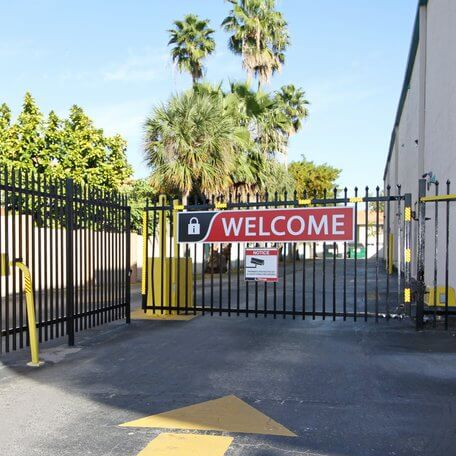
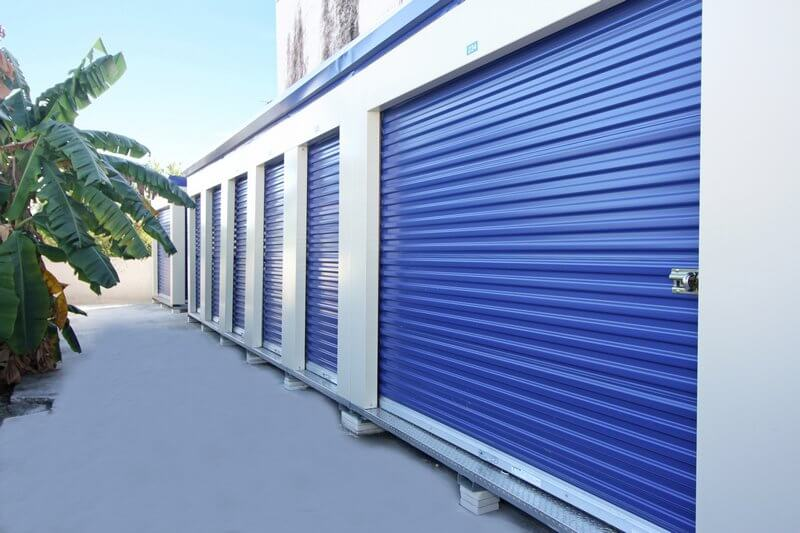
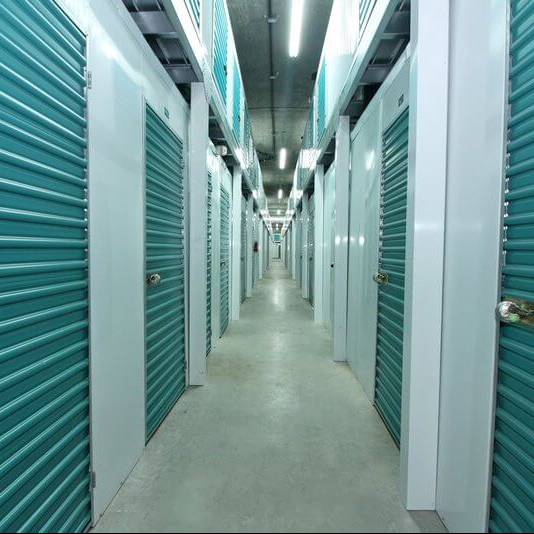
Grocery Costs: Expensive
The cost of groceries in Miami is 7% higher than the national average.
Our grocery cost is another expense that will set you back a little further in Miami, FL. At 107/100, we’re 7% higher than the national average. That might not seem like a tremendous amount, but it can certainly add up. Indeed, for many families struggling to put food on the table, that 7% can be problematic. Staple foods like milk, cheese, eggs, and chicken are all slightly more expensive here. One bit of good news; there’s always plenty of fresh and affordable seafood available in Miami.
Miscellaneous Costs: Fair
Living in Miami, miscellaneous costs are 5% higher than average.
Everyone has miscellaneous expenses they purchase every month, including things like haircuts, clothing, dinner, access to Miami’s famous nightclubs, etc. While Miami isn’t exaggerated when it comes to miscellaneous expenses, we’re still 5% higher than the national average. That’s not ridiculous, but it means we won’t win any prizes for being inexpensive, either.

Healthcare Costs: Affordable
Healthcare living in Miami costs 10% less than the national average.
We’ve finally arrived at the first of only two cost indices lower than the national average in Miami. At only a 99/100 cost index, living in Miami the healthcare is 10% lower than the U.S. average. One percent isn’t going to make a big difference for most people; it’s true. However, we think you’ll agree it’s better than having a healthcare cost index higher than the national average.
Utility Costs: Affordable
Utilities will cost you 4% less than the national average living in Miami.
Our final cost index today is utilities, which come in at 96/100, meaning they’re 4% lower than the national average. That’s pretty good news during the majority of the year when it’s blazing hot here, no doubt. It’s likely your air conditioning unit or HVAC will be running nonstop from April through October (if not longer). While a savings of 4% on utilities isn’t going to make you rich, every little bit helps.
Miami’s Low Tax Environment for Businesses
While not a major cost index, we must note that Miami has a very favorable tax structure for businesses. Both individuals and companies pay no personal income taxes in Florida, for example. Also, the corporate tax rate is 5.5%, which is comparatively low. There are no inventory and unitary taxes, either, and several other excellent tax exemptions. In short, Miami is a great city for entrepreneurs and business owners.
Miami, Florida is Beautiful but Less Affordable
There’s no denying the fact that Miami, Florida, is beautiful, inviting, and exciting. Unfortunately, it’s also one of the more expensive cities in the United States. For this reason, many folks buy a smaller home and rent a storage unit in Miami, Florida.
At iStorage, we see new arrivals in Miami every day. Many haven’t found a home yet and so store their household goods in one of our Miami, Florida storage units until they do. All of our storage units in Miami are safe, clean, and, most importantly, affordable.
If you have questions about storage, you can chat with us online whenever you like. Many folks drop by our self-storage facility in Miami, FL, to meet the on-site manager. (They’re very friendly and helpful!) If you’re moving here soon, we wish you the best of luck and a smooth move! We’re sure that, once you’ve settled into your new Miami home, you’re going to love it here!
Read more about the Florida cities we serve!
